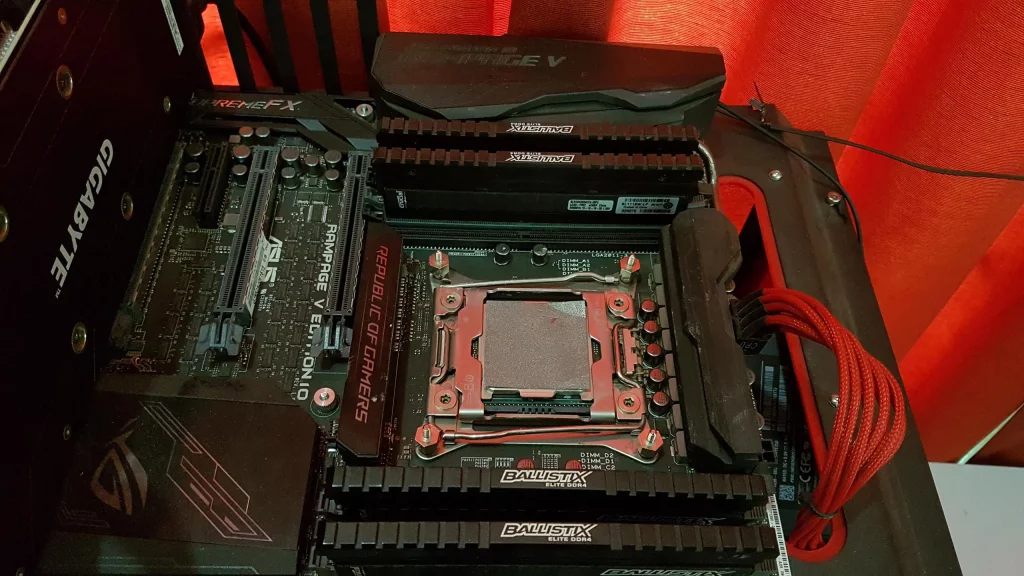How to Create a Graphite Thermal Pad
Thermal pads help protect your sensitive electronic components from heat. They?re also known as heat spreaders or thermal grease. They?re specialized rubber patches used to keep electrical heat from spreading throughout a circuit board or other heat-sensitive component.
But what kind of heat can they withstand? How do you make sure that the thermal pad you choose will protect your components and keep your board cool? Let?s take a look at how to create a graphite thermal pad.

What is a Thermal Pad?
A thermal pad is a special rubber patch that is used to protect sensitive electronic components from high temperature components. The heat is transferred from the board to the thermal pad and then radiated back out through vents in the back of the thermal pad.
The process of transfer and heat rejection is called convection. A thermal pad can be made of a variety of materials and thicknesses to best suit the application.

How to Create a Graphite Thermal Pad
First, cut a piece of thermal pad to the size of your board. Apply a thin coat of thermal grease to the back of the patch, then place the patch on top of the board. Place a second layer of thermal grease over the top of the first layer, then use a pair of tweezers or wooden spoon to ensure that the patch doesn?t come lose.
Now place a third layer of thermal grease over the top of the patch, and finally place a fourth layer of thermal grease over the top of that. Place the board face down on a surface that?s as level as possible.
If you?re using a desktop, try to place it on a surface that?s slightly inclined so that the board is flowing slightly downward. Place a piece of cardboard under the board to help it stay flat.

How to Create a Ceramic Tile Thermal Pad
Start by creasing a piece ofeporto-rubber so that it?s roughly the same thickness as your metal component. Cut a piece of ceramic tile the same size as your metal component, then use a heat gun to flatten the tile. Use a rubber mallet to gently tap the metal component against the tile to help it stick to the metal surface.
Now, place the metal component on top of the ceramic tile, and use a pair of tweezers or wooden spoon to ensure that the component doesn?t come loose or fall off the ceramic tile. You may have to use a hammer and/or other tools to gently pound the component on the ceramic tile.
Once you have it stuck, use a heat gun to gently warm the ceramic tile, then use a rubber mallet to evenly distribute the heat from the heat gun. Be careful not to overheat the component or risk melting the ceramic tile.

The Pros and Cons of Each Material
Now that we?ve gone over how to create a thermal pad, let?s take a look at the pros and cons of each material:
Plastic – Plastic has great heat conductivity, meaning that heat rises from the surface of the plastic to the warmer areas of the pad, where it can be dissipated quickly and efficiently. Plastic pads are easy to work with, but they?re not flame-resistant. They can also easily tear and have a tendency to collect dirt and dust over time.
Ceramic – Ceramic is non-conductive, but it has excellent heat conductivity, meaning that heat is efficiently transferred from the hot components to the ceramic pad and then radiated out. Ceramic pads are usually less expensive than their plastic counterparts, and they?re easier to work with. But be aware that they?re not as durable as a metal pad.
Metallic – Metallic pads are expensive, but they provide excellent conductive properties and are highly durable. They?re also known as riser pads, which helps reduce the risk of shorts in cases where metallic components are involved.
Conclusion
A thermal pad is a special rubber patch that is used to protect sensitive electronic components from high temperature components. It?s created by sandwiching a reinforcing rubber material between two sheets of heat-transferring paper. The process of transfer and heat rejection is known as convection, and a thermal pad can be made of a variety of materials and thicknesses to best suit the application.
A thermal pad can protect your circuit boards from excessive heat and keep them cooler longer. This article will provide you with information on how to create a graphite thermal pad.
